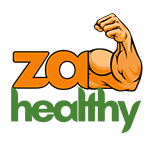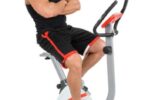In the quest for achieving optimal weight loss and improving overall fitness, High-Intensity Interval Training (HIIT) has gained immense popularity in recent years. HIIT is a powerful and efficient workout technique that combines short bursts of intense exercise with brief periods of rest or low-intensity activity. This article will delve deep into the world of HIIT, its benefits, and various workout routines to help you embark on a successful weight loss journey.
What is HIIT?
HIIT stand for High-Intensity Interval Training, a workout methodology that alternates between high-intensity exercises and recovery periods. The core principle of HIIT revolves around pushing your body to work at maximum effort during the high-intensity intervals, followed by a short recovery period that allows your heart rate to decrease before ramping it up again. This cycle of intense effort and recovery challenges both your cardiovascular system and your muscles, leading to improved endurance, enhanced fat burning, and increased calorie expenditure.
The Science Behind HIIT
HIIT is more than just a trendy workout; it’s backed by science. The concept of Excess Post-Exercise Oxygen Consumption (EPOC) plays a crucial role in the effectiveness of HIIT. EPOC refers to the increased oxygen consumption that occurs after a workout to help the body return to its pre-exercise state. Intense HIIT sessions elevate EPOC hiit workouts for beginners
levels significantly, leading to continued calorie burn even after the workout has ended. This phenomenon contributes to efficient weight loss and fat reduction over time.
HIIT and Weight Training
HIIT and weight training are two types of exercise that can help you lose weight, improve your fitness, and build muscle. Here is a brief summary of each one:
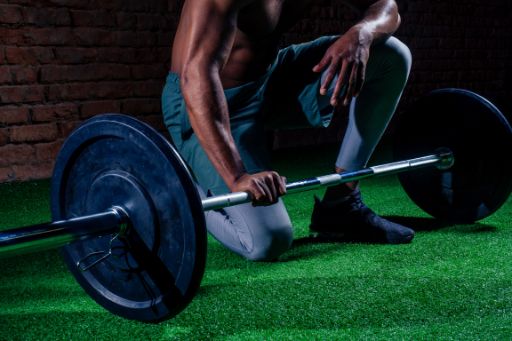
- HIIT involves alternating between short bursts of intense cardio exercise and periods of low intensity or rest. For example, you might sprint for 30 seconds, then jog for 60 seconds, and repeat for 10 minutes. HIIT can burn a lot of calories in a short time, boost your metabolism, and improve your cardiovascular health.
- Weight training is any exercise that involves lifting weights or using resistance bands, machines, or your own body weight. It can help you increase your muscle mass, strength, and endurance. Weight training can also improve your bone density, joint flexibility, and posture.
Both HIIT and weight training have benefits for weight loss and overall health. You can do them separately or combine them in the same workout. However, you should not do them every day, as your body needs time to recover and adapt. You should also warm up before each session, use proper form and technique, and adjust the intensity and duration according to your goals and fitness level.
Upper Body HIIT Workout
An upper body HIIT workout is a great way to challenge your muscles and cardiovascular system at the same time. It involves alternating between high-intensity exercises that target your arms, shoulders, chest, and back, and low-intensity or rest periods. You can do an upper body HIIT workout with just a set of dumbbells and an exercise mat. Here are some examples of upper body HIIT workouts that you can try:
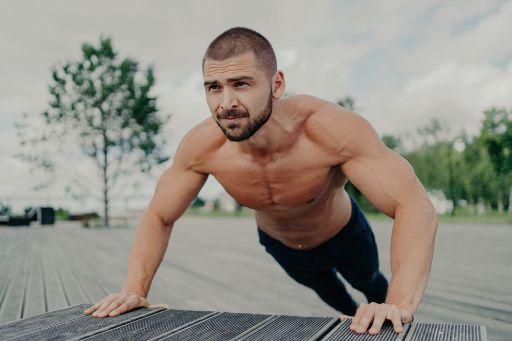
- An Upper Body HIIT Workout That Will Make You Sweat : This workout from SELF magazine takes less than 30 minutes and requires a light set of dumbbells (3-8 pounds) and a medium set (10-20 pounds). It consists of four circuits, each with two strength exercises and one HIIT exercise. You’ll do each circuit for three rounds, resting for 15 seconds between exercises and 30 seconds between rounds.
- 35-Minute Upper Body HIIT Workout : This workout from Nourish Move Love uses a medium set of dumbbells (8-25 pounds) and an exercise mat. It has five circuits, each with two strength exercises and one HIIT exercise. You’ll do each circuit for two rounds, working for 40 seconds and resting for 20 seconds between exercises and rounds.
- This High-Powered HIIT Workout Will Crush Your Upper Body : This workout from Men’s Health magazine takes 15 minutes and requires a set of dumbbells (choose a weight that challenges you). It has three circuits, each with three exercises. You’ll do each circuit for two rounds, working for 40 seconds and resting for 20 seconds between exercises and rounds.
Kettlebell HIIT Workout
A kettlebell HIIT workout is a type of exercise that combines kettlebell movements with high-intensity interval training. It can help you burn calories, build strength, and improve your cardiovascular fitness. There are many different kettlebell HIIT workouts that you can try, depending on your level of experience, equipment, and goals. Here are some examples of kettlebell HIIT workouts that I found on the web:
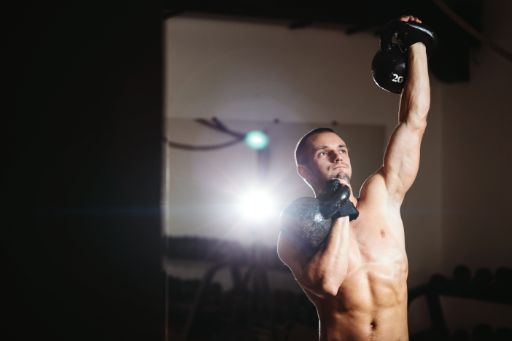
- KETTLEBELL HIIT Workout – Full Body HIIT Circuit : This workout from Heather Robertson takes less than 30 minutes and requires a light set of kettlebells (3-8 pounds) and a medium set (10-20 pounds). It consists of four circuits, each with two strength exercises and one HIIT exercise. You’ll do each circuit for three rounds, resting for 15 seconds between exercises and 30 seconds between rounds.
- RUNNING FIRE | 30 Minute NON STOP Kettlebell HIIT Workout | Basic but BRUTAL: This workout from Precision Kettlebells uses a medium set of kettlebells (8-25 pounds) and an exercise mat. It has five circuits, each with two strength exercises and one HIIT exercise. You’ll do each circuit for two rounds, working for 40 seconds and resting for 20 seconds between exercises and rounds.
- Kettlebell HIIT Workout for Fat Loss : This workout from Get Fit with Gosia takes 25 minutes and requires two kettlebells: one lighter and one heavier. Mine are 15 pounds and 20 pounds. It has four sections: lower body, upper body, full body dynamic movements, and core/abs. You’ll do each section for one round, working for 20 seconds and resting for 10 seconds between exercises.
HIIT Running Workouts
HIIT running workouts are a type of exercise that combines running with high-intensity interval training. They can help you burn calories, improve your fitness, and boost your performance. There are many different HIIT running workouts that you can try, depending on your level of experience, equipment, and goals. Here are some examples of HIIT running workouts that I found on the web:
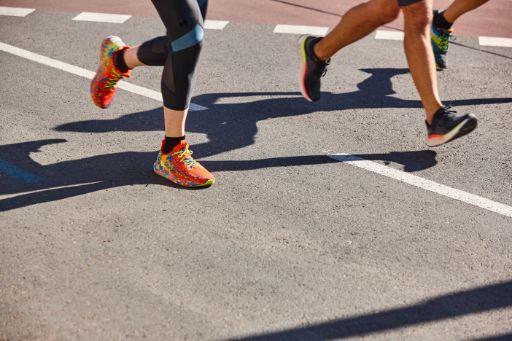
- Running HIIT Workout Guide : This guide from Runstreet explains the benefits of running HIIT workouts, how to do them safely and effectively, and some sample workouts for beginners, intermediate, and advanced runners. You’ll learn how to do Tabata running, interval sprints, and hill intervals with different durations and intensities.
- Top 15 HIIT Running Workout Routines : This article from Runner’s Blueprint provides 15 HIIT variations to help you get into the best shape of your life. You’ll find workouts for speed, endurance, power, and agility, using different distances, terrains, and equipment. Some of the workouts include sprint intervals, fartlek runs, pyramid runs, and ladder runs.
- Highly Effective 10-Minute HIIT Running Workouts : This post from Spartan Race shows you how to do a 10-minute weekly run plan based on HIIT in the Tabata-style spirit. You’ll do four rounds of 20 seconds of all-out running followed by 10 seconds of rest, with a one-minute recovery between rounds. You can choose between flat, uphill, or downhill runs.
HIIT Workout on a Stationary Bike
A HIIT workout on a stationary bike is a type of exercise that combines cycling with high-intensity interval training. It can help you burn calories, improve your fitness, and boost your performance. There are many different HIIT workouts that you can try on your hiit workout stationary bike , depending on your level of experience, equipment, and goals. Here are some examples of HIIT workouts that you can try:
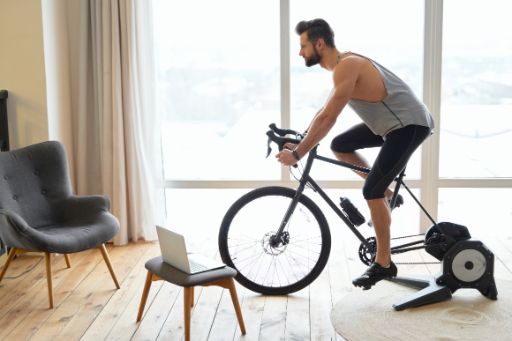
- Sprints: This workout from SELF magazine takes less than 30 minutes and requires a light set of dumbbells (3-8 pounds) and a medium set (10-20 pounds). It consists of four circuits, each with two strength exercises and one HIIT exercise. You’ll do each circuit for three rounds, resting for 15 seconds between exercises and 30 seconds between rounds.
- One minute attacks: This workout from Live Science uses a medium set of kettlebells (8-25 pounds) and an exercise mat. It has five circuits, each with two strength exercises and one HIIT exercise. You’ll do each circuit for two rounds, working for 40 seconds and resting for 20 seconds between exercises and rounds.
- Progressive punches: This workout from Medical News Today takes about 20 minutes and requires no equipment. It involves increasing the resistance level and intensity every minute for 10 minutes, then decreasing them every minute for another 10 minutes.
HIIT Swimming Workout
A HIIT swimming workout is a type of exercise that combines swimming with high-intensity interval training. It can help you burn calories, improve your fitness, and boost your performance. There are many different HIIT swimming workouts that you can try, depending on your level of experience, equipment, and goals. Here are some examples of HIIT swimming workouts that I found on the web:
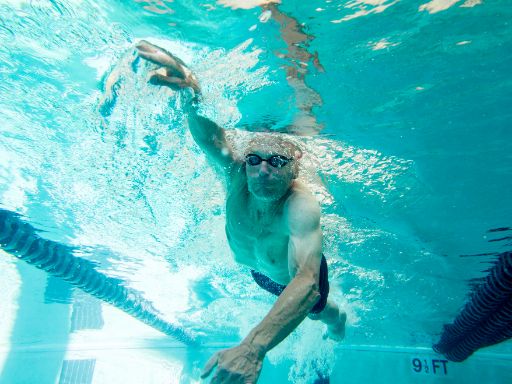
- A Great HIIT workout for swimmers : This workout from Everyone Active takes about 20 minutes and requires a kickboard. It consists of four steps: a warm up, a pre-workout, a HIIT workout, and a cool down. The HIIT workout involves alternating between 25 meters of sprinting and 25 meters of resting for 10 rounds.
- HIIT Swimming Workout To Burn Fat : This workout from MYPROTEIN takes about 15 minutes and requires no equipment. It involves doing one lap (25 meters) of full out max intensity freestyle as fast as you possibly can, followed by another lap or two (25-50 meters) of a slow pace, maybe change it up to a breaststroke to recover just enough to be able to perform the max effort again. You repeat this for 10-15 rounds.
- HIIT Swimming : 60-Minute Cardio Interval Swimming Workout: This workout from Vivotion takes about an hour and requires no equipment. It consists of four parts: a warm-up, a main set, a sprint set, and a cool-down. The main set involves doing 4 lengths of freestyle at moderate intensity, followed by 2 lengths of backstroke at easy intensity, repeated for 6 times. The sprint set involves doing 2 lengths of freestyle at sprint intensity, followed by 2 lengths of breaststroke at easy intensity, repeated for 6 times.
High Intensity Workout Regimen
Creating a high intensity workout regimen involves careful planning and consideration of your fitness level. It’s essential to progressively challenge yourself while allowing enough time for recovery. Here’s a general outline to structure your HIIT regimen:
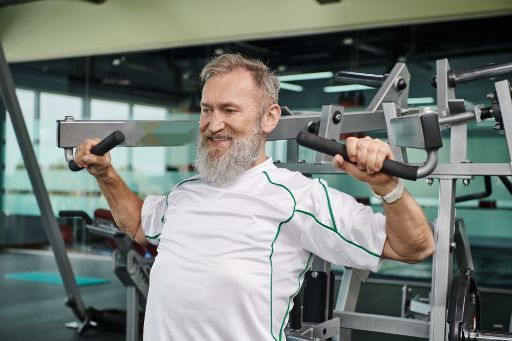
Week 1-2:
- Perform HIIT workouts 3 times a week.
- Each session includes a 5-minute warm-up and a 5-minute cool-down.
- Start with 20-30 seconds of high-intensity exercise followed by 1-2 minutes of recovery.
- Focus on form and technique during exercises.
Week 3-4:
- Increase the intensity by extending the high-intensity intervals to 30-40 seconds.
- Maintain the 1-2 minutes of recovery.
- Incorporate at least one session of upper body, lower body, and cardio-focused HIIT each week.
Week 5-6:
- Aim for 4 HIIT sessions per week.
- Gradually increase the high-intensity intervals to 40-50 seconds.
- Continue alternating between upper body, lower body, and cardio workouts.
Week 7-8:
- Perform HIIT workouts 4-5 times a week.
- Lengthen the high-intensity intervals to 50-60 seconds.
- Introduce more complex exercises and variations to keep the routine challenging.
Remember to listen to your body and allow ample time for recovery between sessions. Incorporate active rest days, where you engage in low-intensity activities like walking or yoga to promote muscle repair and prevent burnout.
Before you start any HIIT workout, make sure to warm up properly with some dynamic stretches and exercises that activate your muscles and raise your heart rate. Also, pay attention to your form and technique, and adjust the intensity and duration according to your fitness level and goals. Have fun and enjoy the burn!
